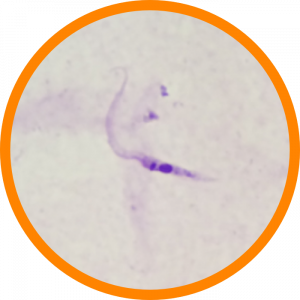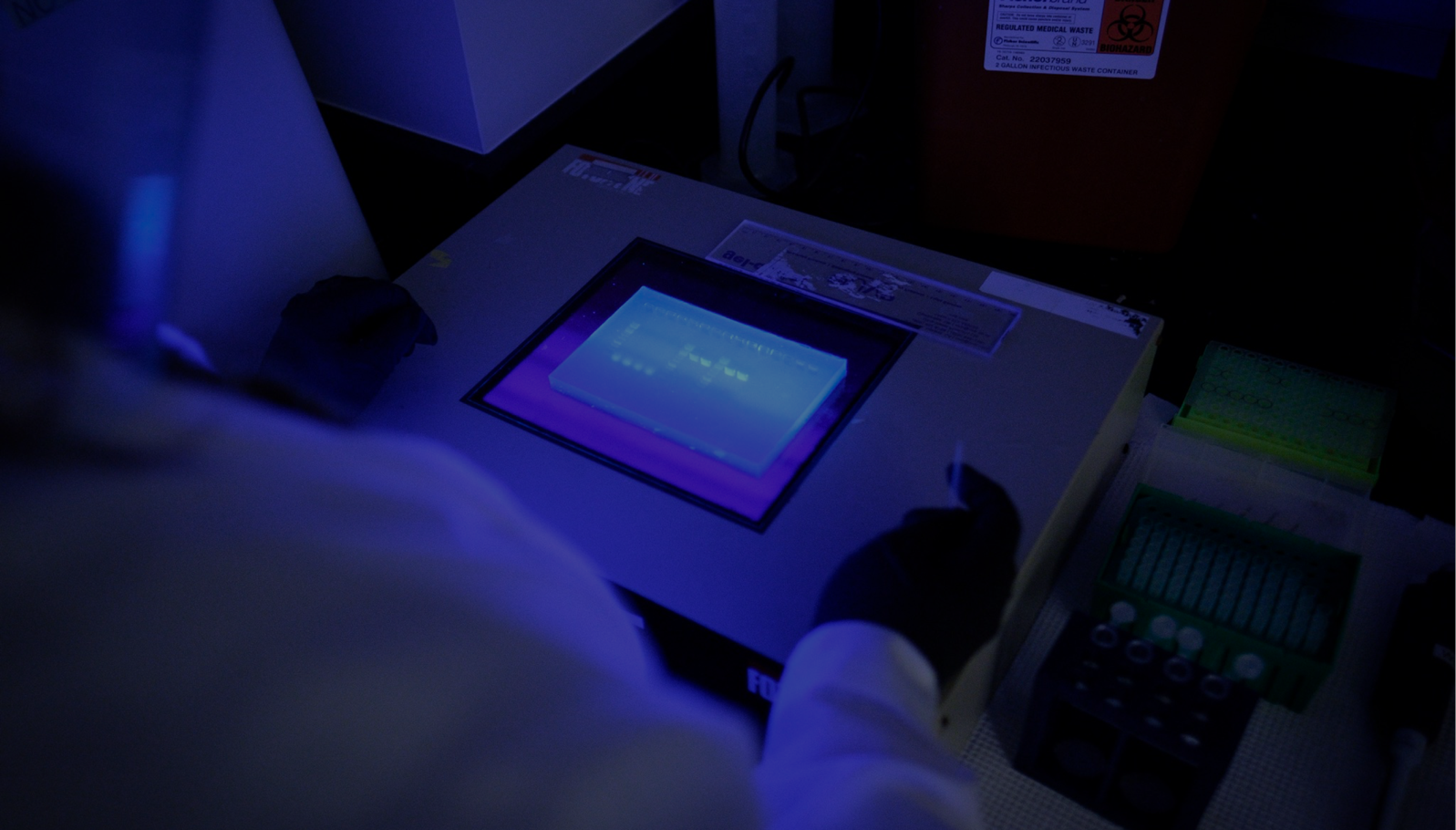Overview

The World Health Organization estimates that 7 to 8 million people are infected with Chagas disease, or “American trypanosomiasis”, worldwide. Most of these live in Latin America. The protozoan that causes this disease, Trypanosoma cruzi, is commonly transmitted to humans and other mammals by an insect vector, the blood-sucking "kissing bugs" of the subfamily Triatominae.
The symptoms of Chagas disease vary over the course of an infection. In the early, acute stage (lasting approximately 2 months), symptoms are mild. This phase is responsive to antiparasitic treatments, with 60–90% cure rates. After 4–8 weeks, individuals with active infections enter the chronic phase of Chagas disease, which is usually asymptomatic. However, 30% of patients suffer from cardiac disorders and up to 10% suffer from digestive and neurological symptoms.
The antiparasitic treatments appear to delay or prevent the development of disease symptoms during the chronic phase of the disease, but 20–40% of chronically infected individuals will still eventually develop life-threatening heart and digestive system disorders.
The currently available antiparasitic treatments for Chagas disease are benznidazole and nifurtimox, both of which produce adverse side effects in 40% of patients.
Source: World Health Organization
OUR FOCUS
Chagas disease research at CERID is focused on drug discovery/development.
Associated labs



